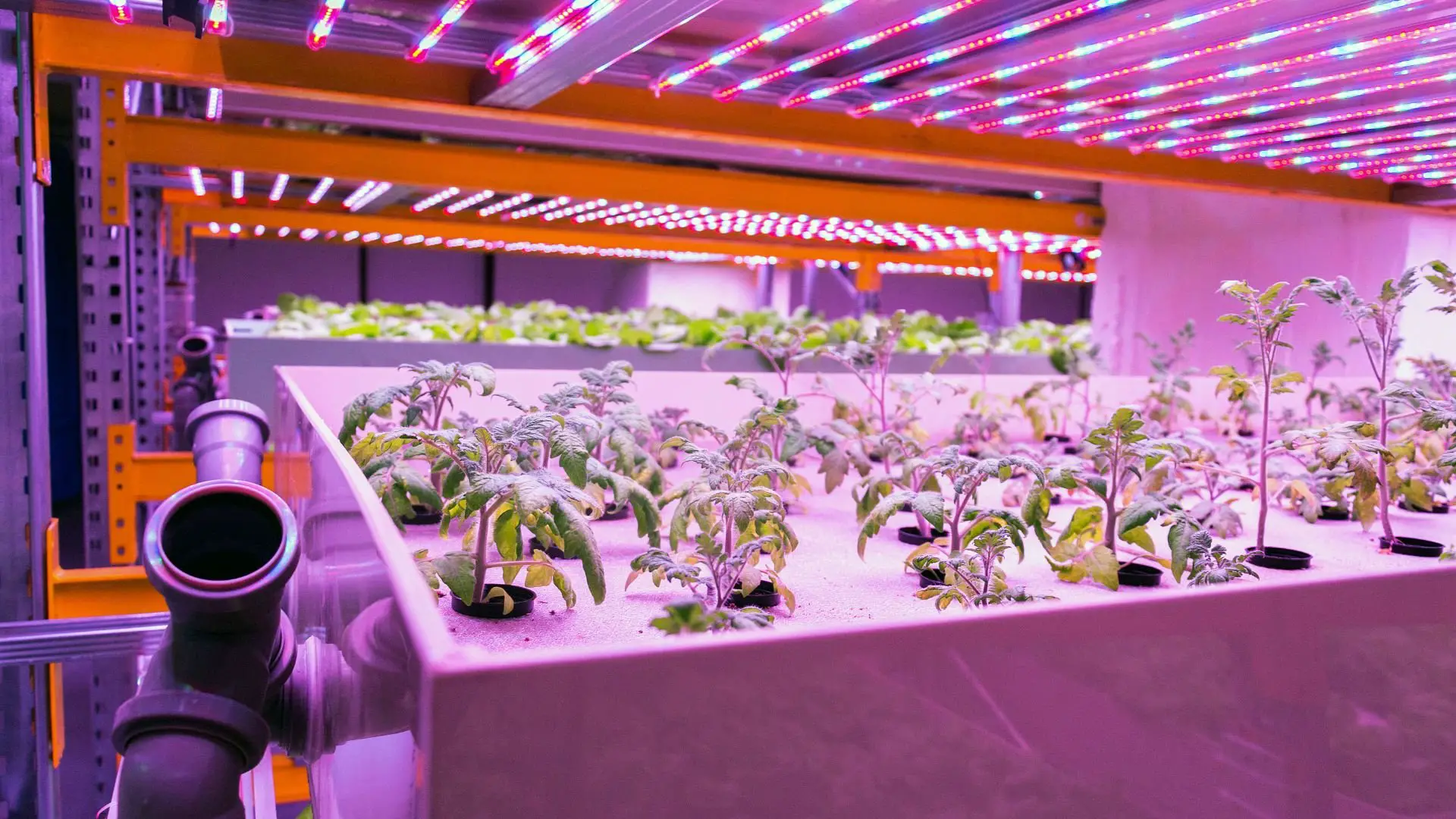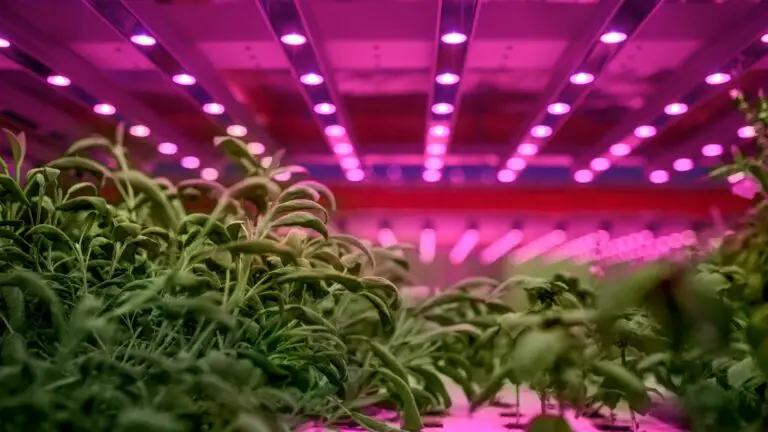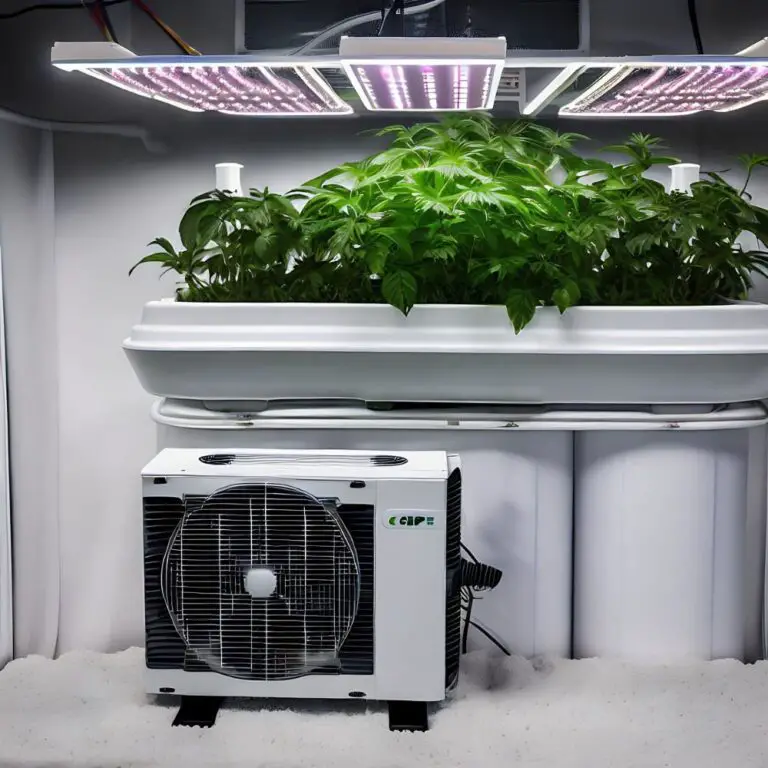How Can Hydroponic Farming Revolutionize Coastal Agriculture?
Disclosure: Your purchases through our links may earn us a small commission, supporting our site’s ability to provide valuable information to our readers. Rest assured, it won’t impact your price. Thank you for your support.
Coastal areas are home to a significant portion of the world’s population, with millions of people living in low-elevation coasts directly exposed to climate and non-climate coastal hazards. The United States has 30 coastal states with over 12,000 miles of coastline, but these coastal areas account for less than 10% of the total land in the country. Coastal areas are home to almost 40% of the US population. Worldwide, about 11% of the global population, or 896 million people, live in low-elevation coastal areas exposed to climate and non-climate coastal hazards. In the UK, an estimated 3 million people live on the coastline.
This growing population and increasing land use puts pressure on coastal resources and biodiversity, which is projected to worsen with the expected global population increase to over 9 billion people by 2050. With this, coastal resources are under increasing pressure.
As a result, it’s essential to consider sustainable development and management practices for coastal areas, particularly in agriculture.
The Challenges of Coastal Agriculture
If you live in a coastal region, you may have noticed the impact of climate change on agriculture. The coastal environment provides unique challenges to the agricultural industry with rising sea levels and salinization, extreme weather events, and limited availability of arable land. Farmers in coastal regions are struggling to keep up and maintain traditional crops such as rice and wheat. These are a few of the challenges that coastal farmers face today.
These problems are compounded by the fact that more and more people are moving to coastal areas, putting pressure on available land and resources.
Salinization
One significant challenge for coastal farmers is salinization. Seawater intrudes into freshwater aquifers as sea levels rise, contaminating soil and groundwater. This makes it difficult to grow crops and can reduce crop yields. For example, farmers in Bangladesh’s coastal region struggle to grow traditional crops like rice and wheat due to salinization (Source).
Extreme weather events
Coastal farmers are also more vulnerable to extreme weather events like hurricanes and typhoons. These storms can cause significant crop damage and lead to food shortages. For instance, Hurricane Maria devastated Puerto Rico’s agricultural industry, leaving many without food and water (Source).
Limited availability of arable land
Another challenge for coastal agriculture is the limited availability of arable land. Coastal areas are often densely populated, making finding enough land to farm challenging. In some cases, farmers are forced to use marginal land that is vulnerable to flooding and erosion.
How to Mitigate the Challenges in Coastal Religions by Innovative Solutions
Coastal agriculture faces numerous challenges that can significantly impact crop production, but there are also many alternative solutions that farmers can adopt to address these challenges. This article will explore some of these solutions and how they can help farmers produce crops more efficiently and sustainably.
1. Hydroponics and Aquaponics
One of the biggest challenges facing coastal agriculture is the threat of saltwater intrusion, which can damage farmland and impact crop yields. To mitigate this challenge, farmers can adopt alternative farming practices that use less soil and water, such as hydroponics or aquaponics.
Hydroponics involves growing crops in water rather than soil, while aquaponics combines aquaculture with hydroponics, allowing farmers to grow both fish and crops in a closed system.
Hydroponic farming is becoming increasingly popular because it requires less water, fewer pesticides, and less space than traditional farming, as we can grow crops in water-based nutrient solutions rather than soil. Due to this, hydroponic farming can be used to grow crops in areas with limited arable land. Additionally, hydroponic farming can be used to grow crops year-round in greenhouses and grow rooms, reducing the impact of extreme weather events on crop production.
Coastal areas provide an ideal location for hydroponic farming and aquaponics due to their proximity to water sources and the availability of salt water. These alternative farming practices can help farmers produce crops in areas where saltwater intrusion is prevalent and even improve the quality and quantity of their crops. Additionally, these methods could aid in resolving many issues encountered with traditional farming, particularly for areas with limited arable land.
Related:
Adapting to the Challenges of Growing Hydroponic Plants in Coastal Areas
How to Choose the Right Hydroponic System for Your Needs?
How to build a low-maintenance, climate-controlled grow room
2. Vertical farming
Another alternative solution to coastal agricultural challenges is vertical farming, that involves growing crops in vertically stacked layers. This farming method is ideal for urban areas or where land is scarce, as it maximizes space and reduces the need for extensive land use. Vertical farming also allows farmers to grow crops year-round, providing a consistent and reliable supply of fresh produce for their communities.
Related:
Vertical Hydroponics: The Basics
How to Choose the Right Plants for Vertical Hydroponics
Why You Should Use Hydro Towers for Your Vegetables
3. Organic farming practices
In addition to alternative farming practices, farmers can adopt sustainable agriculture methods to mitigate the challenges of coastal agriculture. For example, farmers can use organic farming practices to reduce the use of harmful chemicals and fertilizers, improve soil quality, and promote biodiversity. By adopting sustainable agriculture practices, farmers can reduce their environmental impact, conserve resources, and produce crops that are healthier for consumers.
Related:
Can We Grow Certified Organic Hydroponic Plants?
10 Advantages of Organic Hydroponic Nutrients in the Kratky Method
NPK for Hydroponics: How It Works and Why It Matters?
13 Nutrients Required for Hydroponic Plants
4. Advanced Technologies
Lastly, farmers can also leverage technology to address the challenges of coastal agriculture. Advanced sensors and data analytics can help farmers monitor moisture levels, nutrient levels, and plant health, allowing them to optimize their crop production and reduce waste.
Also, precision farming techniques such as agricultural drone sprayers can help farmers apply fertilizers and pesticides more efficiently and accurately, reducing the amount of chemicals needed and minimizing the impact on the environment.
In case if you need any hydroponics, aquaponics, and vertical gardening related items, check the below listed from Amazon and select the best one suited for your specific requirement.
Kratky containers – Large, Kratky containers – Small
Hydroponic reservoir
Hydro tower gardening system
Water pump
Net cups or net pots
Irrigation system including mist nozzles
Agricultural drone sprayers
Nutrient solution
Grow lights
LED grow lights
Timer
Air pump and Air stone
Organic hydroponic nutrient solution
Digital ph meters and EC, TDS meters
pH adjusters for hydroponics
Seeds for hydroponics (Lettuce, Tomatoes, Bell peppers, Cucumbers, Zucchini)
Algae control solution
Thermometer for hydroponics
Conclusion
In conclusion, coastal agriculture faces many challenges, but many alternative solutions, such as hydroponics and aquaponics, are available that can help farmers produce crops more efficiently and sustainably. By adopting alternative farming practices, sustainable agriculture methods, and leveraging technology, farmers can address the challenges of coastal agriculture and produce crops.
By working together to find sustainable and resilient agricultural practices, we can ensure that coastal communities have access to healthy and nutritious food.
Thank you for reading!
Also, read:
11 Steps to Choosing the Right Fan for your Hydroponic Grow Rooms





